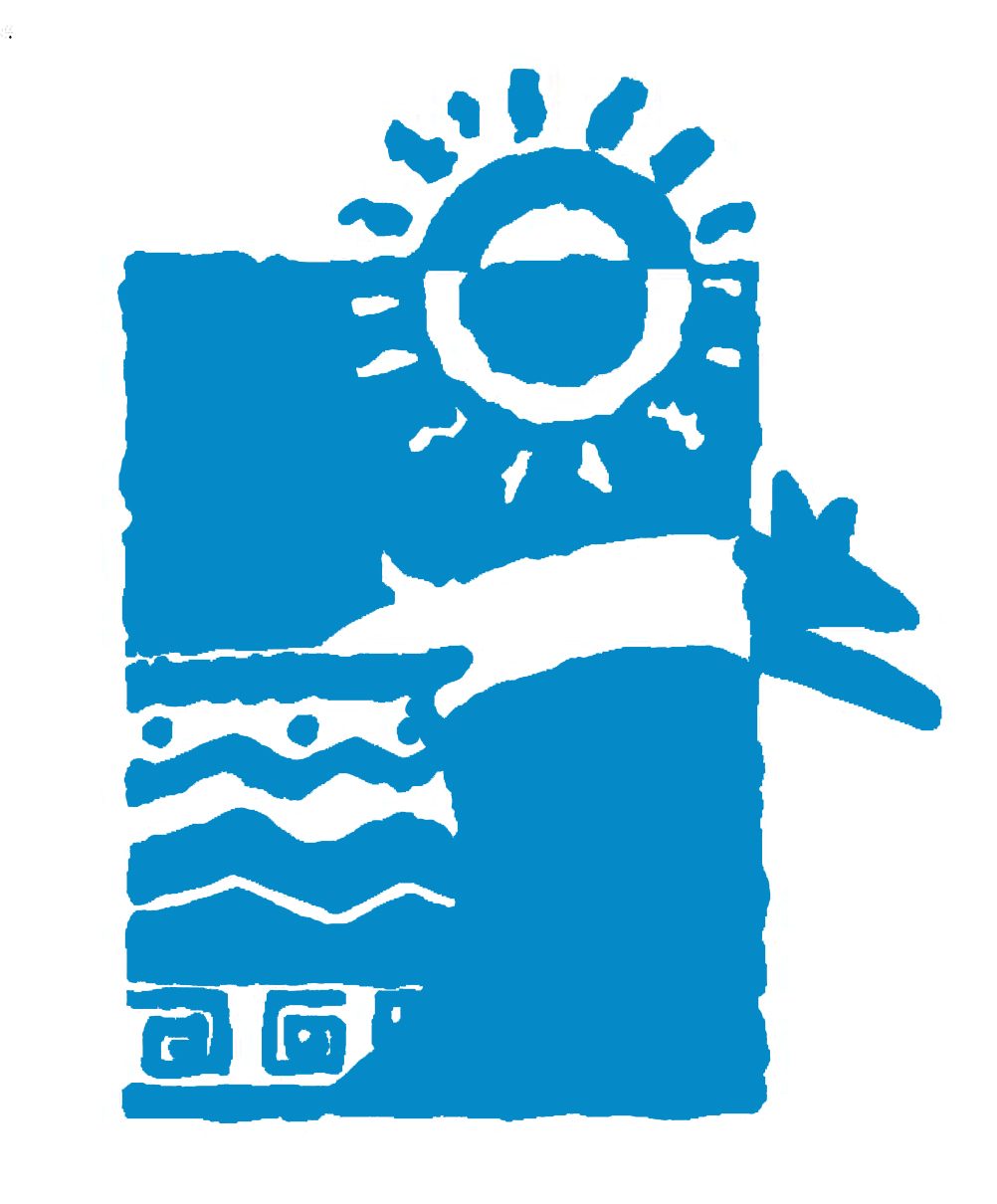[Source: Tucson Weekly, Jim Nintzel] – Here’s the good news from the State Parks Board meeting this week in Tucson: Despite more sweeps of the parks’ funds by the Arizona Legislature, all of the state parks that are now open will remain open next fiscal year. The Joint Legislative Budget Committee agreed earlier this month to allow the State Parks Department to shift some funds around so the agency would have enough funds to handle payroll and other other expenses.
Here’s the bad news: The parks are continuing to run on a shoestring and the current path is a road to disaster. “We can’t go on every year like this and try to sustain a statewide park system,” said board member William Scalzo.
The GOP-led Legislature has whittled away at the parks’ funds for years now. The parks used to get $10 million a year in lottery dollars, but that has been redirected by the Legislature. And in the upcoming budget year, lawmakers swiped a portion of the gate fees from the parks, as well as some of the money from the parks State Lake Improvement Fund.
At this point, the department has no money for any capital improvements—new campgrounds, improved sewer systems, historic renovation. The parks had $150 million in unmet capital needs in 2007; State Parks Director Renée Bahl says that number is even higher today, but the department doesn’t have enough money to even survey the needs.
Several parks are open because local governments, business leaders and non-profits have stepped up to help. The partners have been “fantastic,” says Bahl, but the arrangement “was a bridge, and there’s only so long a bridge can go.” Several board members talked about the dangers of “partnership fatigue” and the likelihood that local governments, with their own financial pressures, would not be able to keep helping out over the long term.
That, in turn, is bad news for rural economies. There’s reason that local governments and businesses want the parks to remain open: They are a big boost to tourism—and outside tax dollars—for rural communities. But board members also acknowledged the reality that lawmakers weren’t likely to either dramatically increase funding for parks or put a proposition on the ballot to create a dedicated funding stream—such as a small fee on license plates, which was floated as an idea last year.
Board members and parks staff ended the meeting yesterday talking about the possibility of a ballot initiative that would dedicate dollars for the parks system. There are several conservation-oriented ballot drives being formulated around the state and park supporters are looking into whether they can join forces with one of the efforts. “We want a sustainable, non-sweep-able revenue source,” said board member Larry Landry.
